by William E. Welsh
Confederate offensives into two border states, Maryland and Kentucky, formed the key highlights of the second half of 1862 for the Confederacy. Those offensives were led by generals Robert E. Lee and Braxton Bragg, respectively. Although the two offensives raised Southern morale, neither was successful.
By the end of the year, the Battle of Fredericksburg left both armies stalemated along the Rappahannock River. Similarly, the Battle of Stones River left opposing armies in middle Tennessee in a similar situation. Meanwhile, Maj. Gen. Ulysses S. Grant began a slow but steady offensive aimed at capturing the Confederate stronghold at Vicksburg, Mississippi.
[text_ad]
July 1 – Confederate General Robert E. Lee’s Army of Northern Virginia is defeated at Malvern Hill by Maj. Gen. George B. McClellan’s Army of the Potomac in the final battle of the Peninsula Campaign.
July 2 – McClellan’s army arrives at its new base at Harrison’s Landing on the James River.
July 9 – Lee repositions part of his army to operate against Maj. Gen. John Pope’s newly formed Army of Virginia.
August 9 – Maj. Gen. Thomas J. “Stonewall” Jackson’s command of the Army of Northern Virginia defeats Maj. Gen. Nathaniel Banks’ vanguard of the Army of Virginia at the Battle of Cedar Mountain.
August 25-27 – Jackson conducts a wide flank march against Pope’s Army of Virginia during which the Confederates plunder the Union forward base at Manassas Junction.
August 26 – The last units of McClellan’s Army of the Potomac evacuate Harrison’s Landing.
August 28-30 – Jackson’s command of the Army of Northern Virginia successfully defends against piecemeal attacks by Pope’s Army of Virginia until Maj. Gen. James Longstreet’s command arrives and crushes the Union left flank.
August 30 – Maj. Gen. Edward Kirby Smith marches north from Knoxville, Tennessee, and defeats Maj. Gen. William “Bull” Smith’s at Richmond, Kentucky. Smith’s army constitutes the right wing of General Braxton Bragg’s army invading Kentucky.
September 1 – Jackson’s pursuit of Pope’s Army of Virginia is stopped by Maj. Gen. Jesse Reno’s IX Corps of the Army of the Potomac. Although the battle is a tactical draw, it is a strategic victory for the Confederates because it compels Pope to withdraw to Washington.
September 14 – Following Lee’s invasion of Maryland in early September, elements of Lee’s army fight a successful delaying action against McClellan’s army at South Mountain. Rather than retreating into Virginia, Lee concentrates his dispersed forces at Sharpsburg.
September 15 – The Union garrison under Colonel Dixon Miles at Harper’s Ferry surrenders to Jackson after a brief siege.
September 16 – The bloodiest single day of the war occurs when McClellan attacks Lee’s army along Antietam Creek.
September 14-17 – The 4,000-man Union garrison at Munfordville, Kentucky, surrenders to Bragg’s Army of the Mississippi following a bungled Confederate attack and a brief siege. Bragg gains control of a key railroad hub, but the siege delays his progress.
September 19 – Maj. Gen. William S. Rosecrans defeats Confederate Maj. Gen. Sterling Price at Luka, Mississippi.
November 5 – U.S. President Abraham Lincoln replaces McClellan as commander of the Union Army of the Potomac with Maj. Gen. Ambrose Burnside.
October 3-4 – Maj. Gen. Earl van Dorn’s Confederate army is defeated by Maj. Gen. William S. Rosecrans’ Union army in its attempt to take back the key railroad hub of Corinth.
October 8 – General Braxton Bragg’s Army of the Mississippi pounces on part of Maj. Gen. Don Carlos Buell’s Army of the Ohio at Perryville, Kentucky. Although a tactical victory for the Confederates, the contest proved a strategic victory for the Union army when Bragg retreated to Tennessee.
December 7 – Maj. Gen. Thomas Hindman’s corps of the Army of the Trans-Mississippi was unsuccessful in its attempt to drive the Union Army of the Frontier from northwest Arkansas in the Battle of Prairie Grove. Although a tactical draw, the clash was a strategic victory for the Union army.
December 13 – Burnside’s Army of the Potomac suffered heavy losses conducting a frontal assault against Lee’s Army of Northern Virginia in a strong defensive position at the Battle of Fredericksburg.
December 29 – Maj. Gen. William T. Sherman’s corps of the Union Army of the Tennessee was defeated in the Battle of Chickasaw Bayou by Confederate forces the Department of Mississippi and East Louisiana led by Lt. Gen. John C. Pemberton.
December 31-January 2 – Bragg’s Army of Mississippi attacks Rosecrans’ Army of the Cumberland at Murfreesboro, Tennessee. Although the Battle of Stones River was a draw, it was a strategic victory for the Union army.
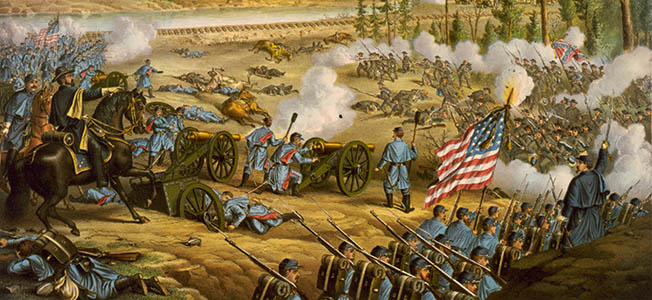
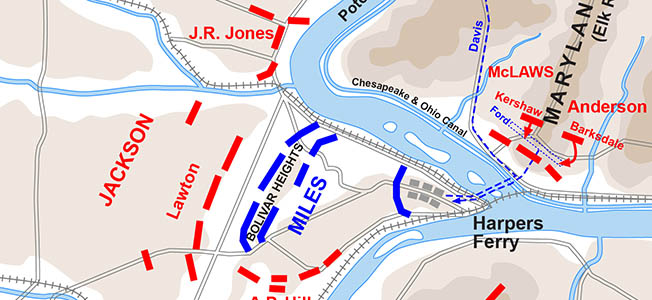


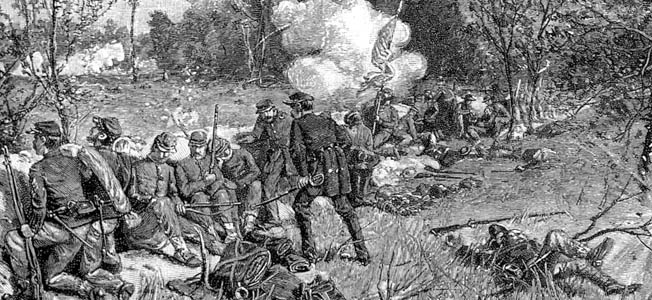
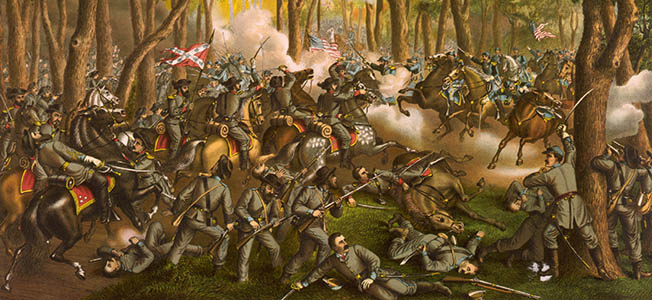
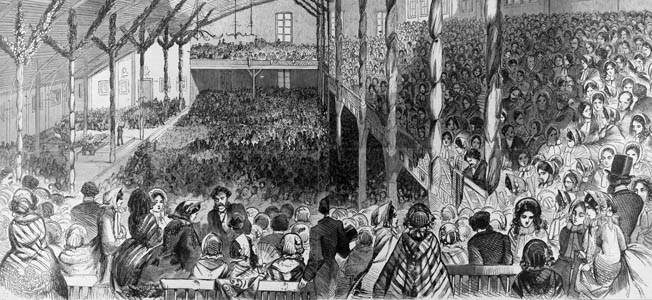
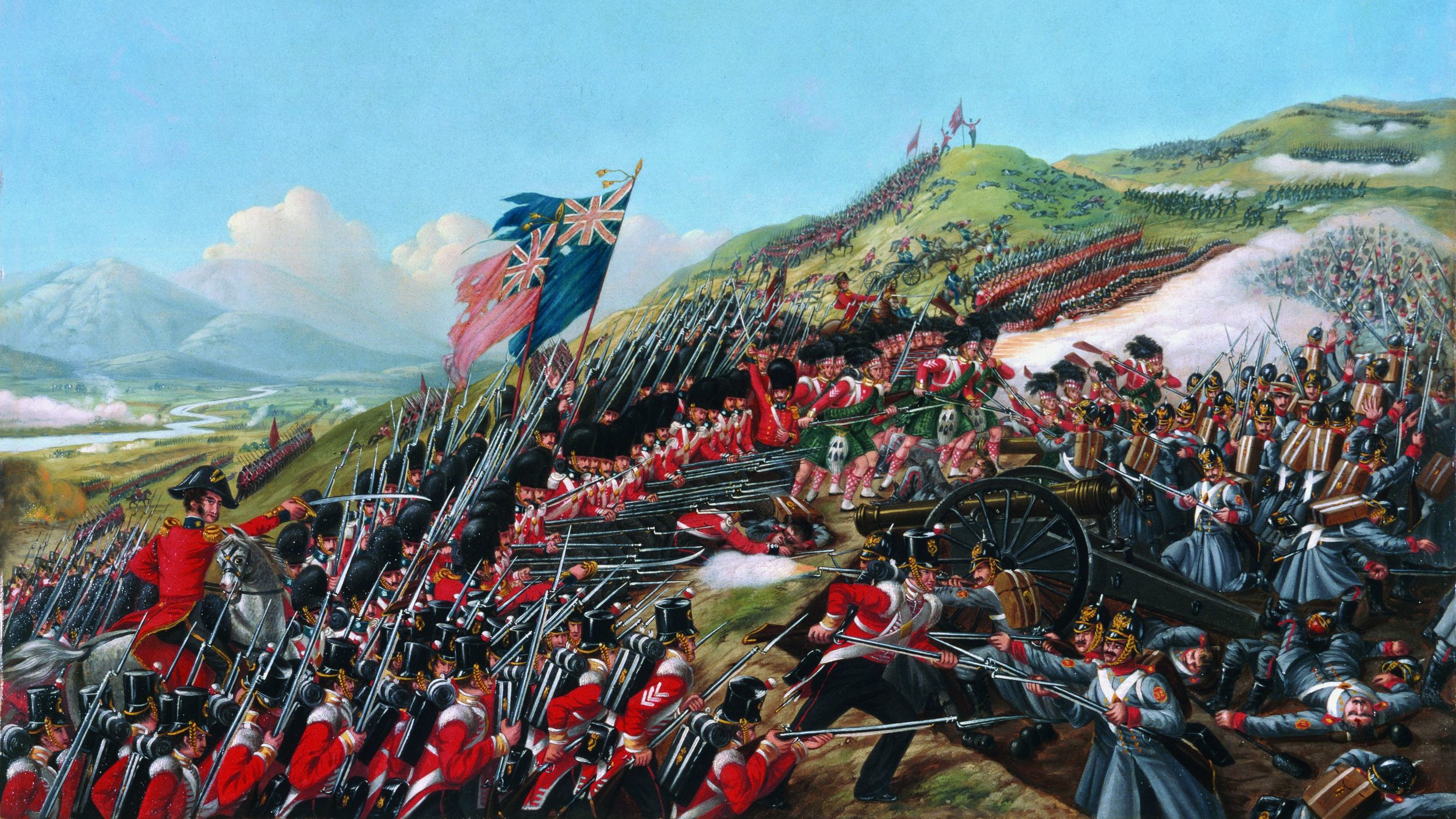
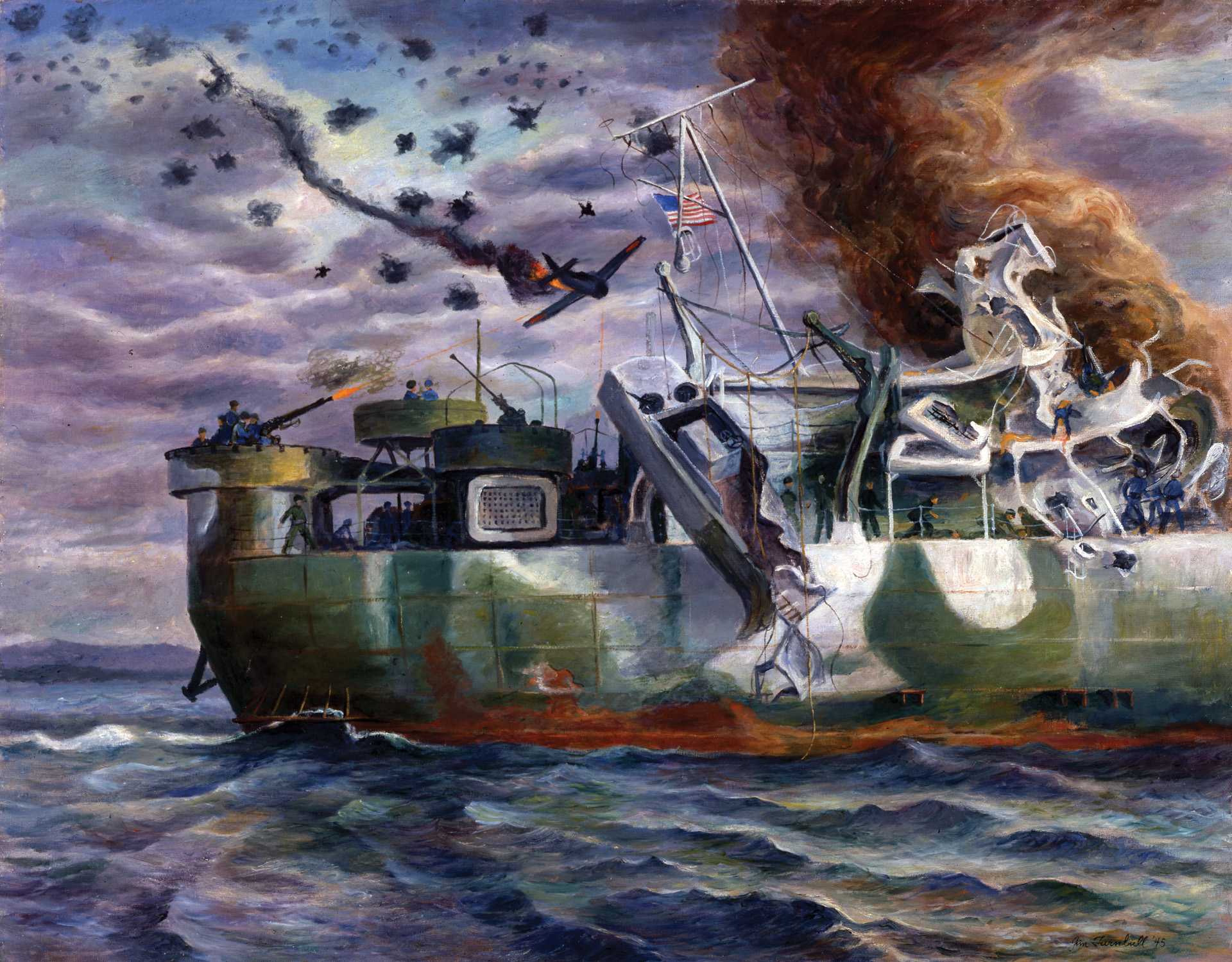
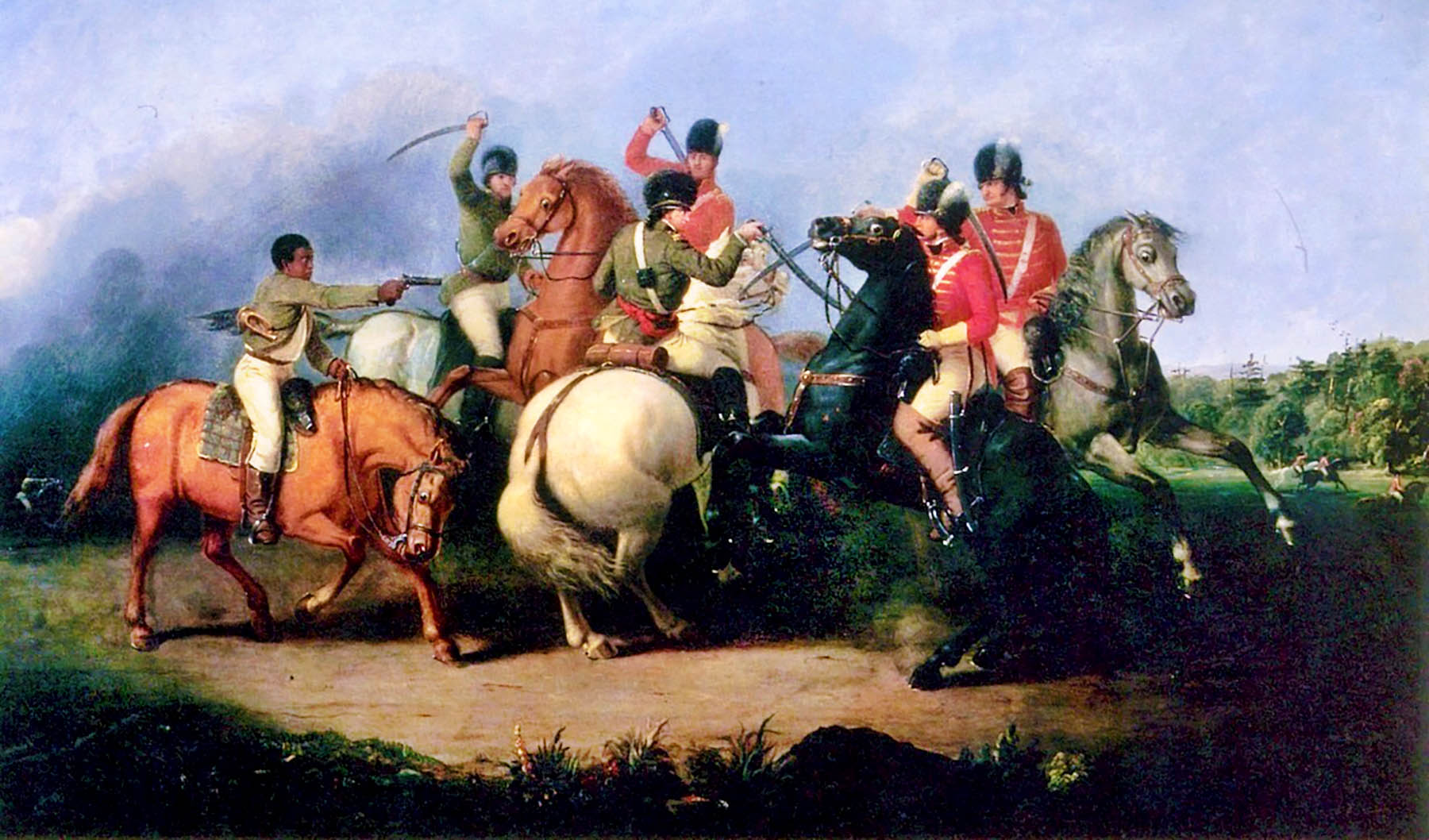
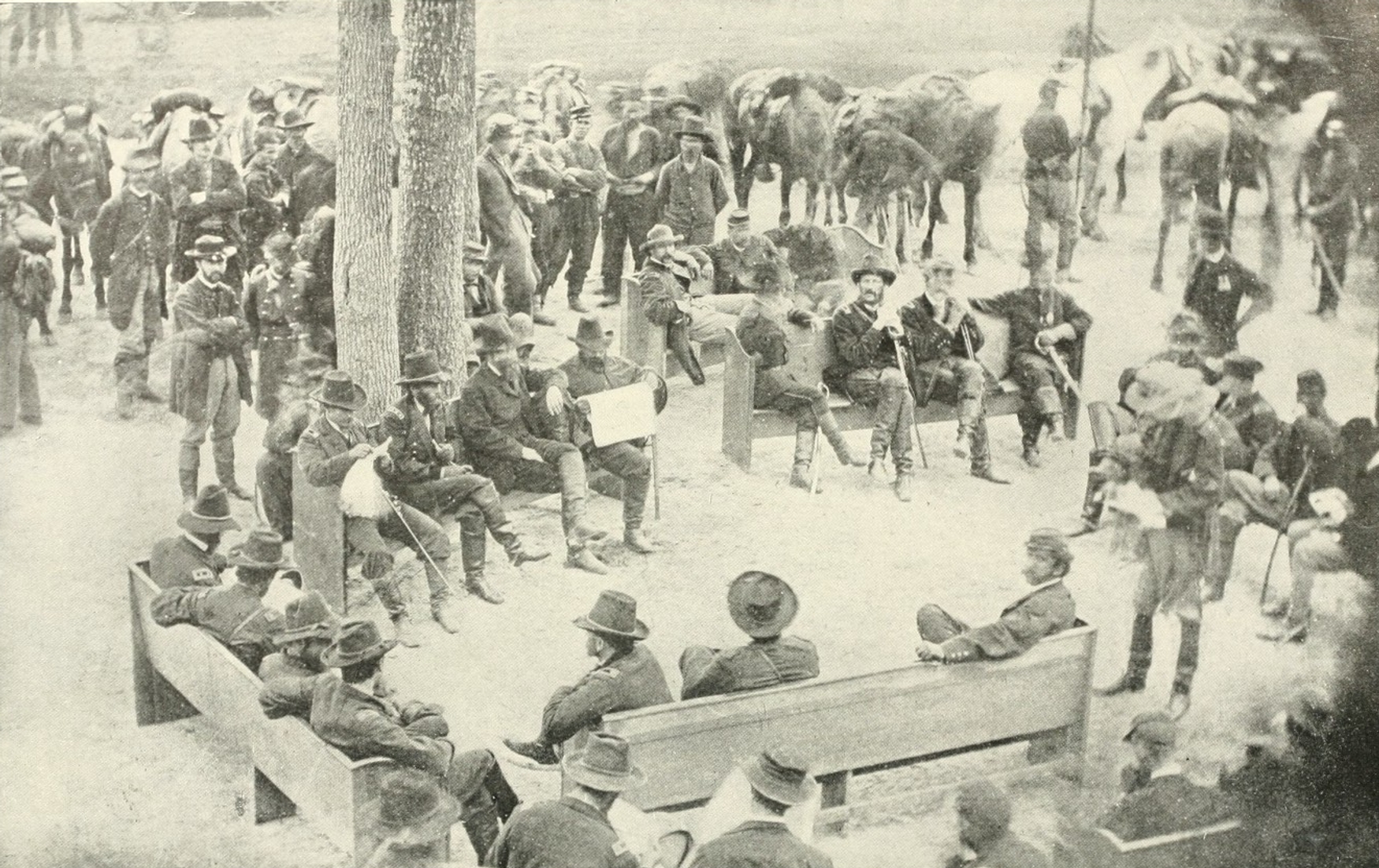
Join The Conversation
Comments
View All Comments